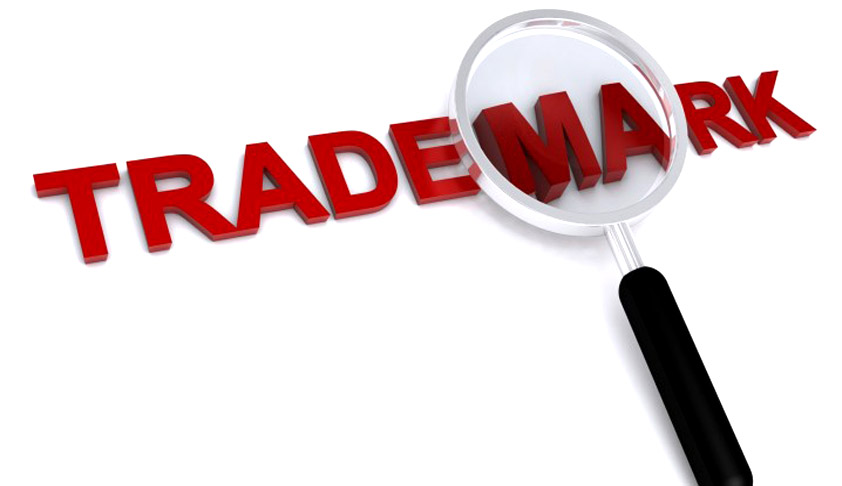
A china trademark https://www.accoladeip.com/us/en/china-registration-program/ is a type of intellectual property that legally distinguishes the source of goods or services. It can take many forms, including words, logos, symbols and designs. A trademark can protect your brand and help your business grow. However, it is important to ensure your trademark is used correctly. If you allow your trademark to become generic, it will lose its uniqueness and could harm your reputation.
Definition
A trademark is a symbol, name, word, or design that identifies a product and distinguishes it from other products of its kind. It is a type of intellectual property that is legally protected and may or may not be registered.
Trademarks are important because they can help consumers easily identify a product. This is especially true for brand names.
They are also useful for marketing purposes. When people see a logo, they automatically think of that company and their products.
Like a copyright or a patent, a trademark can be bought, sold, and transferred from one company to another. But unlike those other forms of protection, a trademark never goes away once it’s registered.
Purpose
The purpose of a china trademark is to distinguish one company’s products from those made by competitors. It is also intended to promote a brand by highlighting its unique characteristics to consumers. It may be a logo, a name, a slogan or a combination of all three. Trademarks are protected by law, and many governments require registration or licensing to use it.
Floating little letters on your computer screen are all well and good, but what about those that actually mean something? If you’re a business owner, chances are you’ve come across a ™ or (r) and wondered what on earth it all means. Luckily, a few savvy resources are available to help you decide on what’s best for your brand. From there, you can start planning and executing a smart marketing strategy that will make your company a household name.
Registration
Trademark registration establishes your brand’s reputation and helps consumers identify you when they see your mark. It also protects your brand if you experience trademark infringement.
A trademark can protect a word, name, symbol or device or any combination of them used to distinguish goods and services. The process of registering a trademark can be complex and time-consuming.
If you’re considering using a trademark, Christina advises hiring an attorney to perform a search and provide legal advice specific to your business. That’s because you need to be sure the mark you choose is available and not already in use.
Opposition
If you believe that a trademark application could harm your mark, you may choose to file an opposition. This is a formal legal proceeding before the Trademark Trial and Appeal Board.
One ground of opposition is that the mark would cause a likelihood of confusion with your own. This means that if the trademark is similar to yours, you can argue that consumers will be confused and therefore, your business will be negatively affected by the registration.
This is a new ground of opposition implemented by the amendments to the Trademarks Act that came into force June 17, 2019. It is assessed as of the Canadian filing date, regardless of priority, and considers whether the applicant was entitled to use the trademark in association with the goods or services specified in the application.
Rights
Trademarks, properly used, identify the source of goods or services and distinguish them from others. While federal trademark law is primarily focused on protection, state common law and other laws may also protect your mark.
In addition to protecting your mark, you have a legal obligation to police the marketplace for infringement. This is backed by your federal registration, which allows you to file an infringement suit against infringers who are not authorized to use your mark.
If you have any inquiries relating to Accoladeip, you can contact us at the page.





